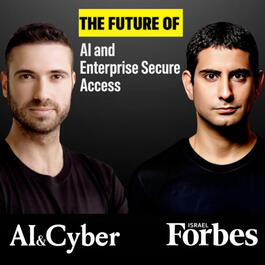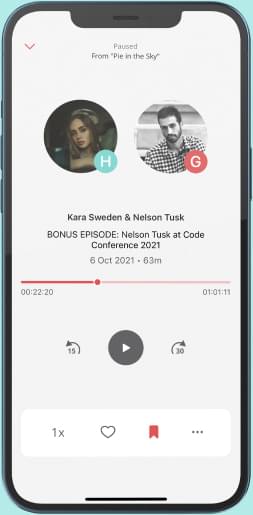
AI Revolution in Browser Security: Insights from Ofer Ben-Noon, CTO of SASE at Palo Alto Networks
By Michael Matias, CEO of Clarity and Forbes 30 Under 30 alum Cybersecurity is at a pivotal crossroads, transformed by AI and the realities of hybrid work. In my recent conversation with Ofer Ben-Noon—founder of Talon Cyber Security and former CEO of Argus Cyber Security—it became clear that traditional cybersecurity strategies must evolve, especially as the browser becomes the primary gateway to enterprise data. With a background in Israel’s elite Unit 8200 and as a pioneer in automotive cybersecurity, Ben-Noon now leads Talon in redefining how organizations secure today’s decentralized workforce. His focus? The secure browser. “Control the browser, and you control the data,” he said. That simple yet powerful insight underpins a massive shift in cybersecurity thinking. As workers increasingly access corporate systems from personal or unmanaged devices, legacy defenses like firewalls and VPNs fall short. Ben-Noon, now also CTO of SASE at Palo Alto Networks, pointed out that 90% of enterprises allow access from unmanaged devices—and 85% of ransomware attacks stem from them. This challenge is compounded by SaaS sprawl. While companies officially use about 1,500 apps, they often have up to 8,500 unsanctioned ones operating in the shadows. This explosion of shadow IT, paired with the rise of AI, introduces massive vulnerabilities. Every day, Palo Alto Networks sees 7.7 million new malicious URLs and countless AI-generated malware strains. “AI dramatically accelerates both the complexity and volume of threats,” Ben-Noon warned. Yet, AI is also a powerful ally. Talon’s secure browser integrates AI-driven security directly into everyday workflows—no more clunky, bolt-on tools. This innovation transforms the browser from a weak point into a flexible, secure productivity hub. “The browser itself becomes the center of secure productivity—empowering users rather than limiting them,” he explained. I couldn’t agree more. Today’s workforce values autonomy and speed. A secure browser gives teams both, while protecting critical data in real time. Ben-Noon emphasizes proactive AI-driven defenses over reactionary ones: detecting breaches after the fact isn’t enough anymore—prevention is key. In closing, Ben-Noon shared, “We’ve made significant bets on three trends: distributed workforces, web-based applications, and the Chromium browser as the dominant digital workspace.” These trends, rapidly accelerated by AI, demand a fresh cybersecurity mindset. The organizations that embrace this shift—integrating AI and secure browsers into their DNA—will be the ones best equipped to thrive in an increasingly complex digital world.
From "20MinuteLeaders | The Human Zero Day"


Comments
Add comment Feedback